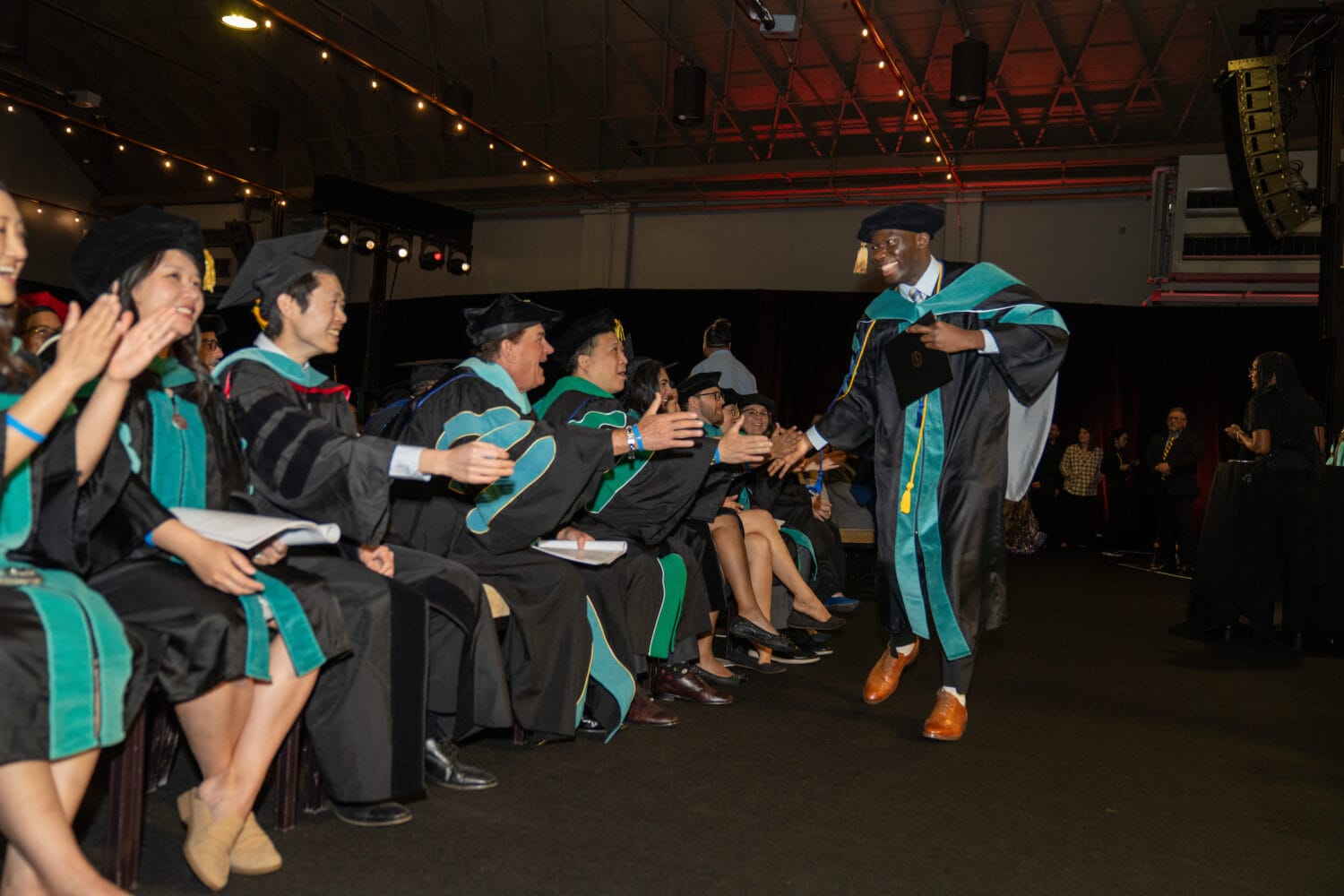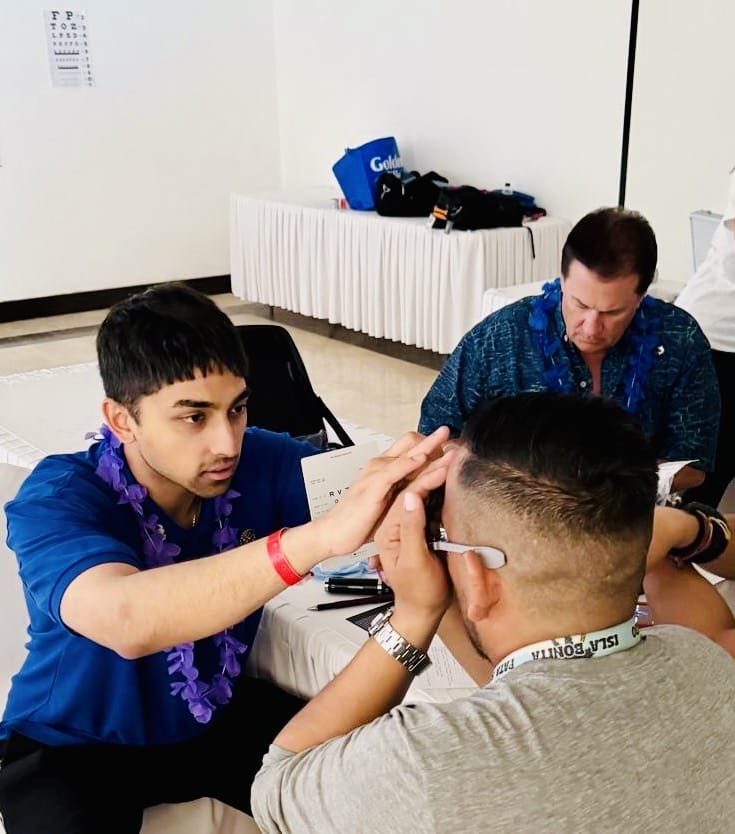New Hope for Struggling Students
This August, as children head back to school, the arrival of National Children’s Vision & Learning Month seems timely, bringing with it renewed attention and emphasis on noticing vision problems that could lead to learning problems.
Many students with attention problems, learning disabilities, and gifted students that don’t achieve to their potential have one thing in common — vision disorders that have contributed to their learning difficulties.
According to information released by the American Federation of Teachers, "Even the most gifted students will struggle academically if they have trouble seeing the blackboard or focusing on a book. A tremendous amount of learning happens visually, so proper vision care is crucial to helping students reach their full potential … Every one of us has a role to play in providing our children with the best education possible."
WesternU played an important role in helping Talon, who came to the University’s Pomona, Calif., campus last year with his great-grandmother, Anita, for a Health Screening and Resource Fair. Anita knew that her great-grandson’s eye needed attention because he was having vision problems in school and at times, his eyes would cross.
"Talon’s eyes got worse when he started going to kindergarten and focusing on close-up things at school," Anita said.
Talon, who was 5 at the time, got prescription glasses from the WesternU Eye Care Center and attended vision therapy sessions with Dr. Kristy Remick-Waltman, Director of Community Outreach and Assistant Professor for WesternU’s College of Optometry. Optometric Vision Therapy is a treatment process designed to develop, improve, and remediate visual performance when corrective lenses alone are insufficient.
"Focusing from near to far can be hard for some students," Dr. Remick-Waltman. Said. "It is difficult shifting your eyes back and forth from desk to whiteboard, especially in early education like kindergarten and first grade. Schools first need to train children to use their eyes to accurately copy from the board before adding a cognitive demand to the task."
Progress was steady for Talon after he got his new glasses and received vision therapy, and it showed in the classroom. Anita said his kindergarten teacher noticed marked improvement, and told her that Talon’s eyes didn’t cross or hurt anymore. His self-confidence, attitude and school performance dramatically improved, Anita said.
"Talon is so happy to read that it breathes new life into him," she said.
Talon recently completed his vision therapy program with Dr. Remick-Waltman, with good results. According to his great-grandmother, Talon did very well at T-ball and the 6-year-old is excited to start first grade at a school in Chino in August 2011.
Some of the most common signs that a child may have a learning related vision disorder are:
• Resists doing homework even though the child is bright and may do well in school (because their eyes are tired at the end of the day from straining to focus).
• Tilts head or lays head on the desk during reading.
• Short attention span when reading.
• Poor reading comprehension.
• Skips lines, rereads lines, loses place when reading.
According to Remick-Waltman, who diagnoses and treats vision problems that interfere with academic success, "I have seen a lot of children from the Inland Empire area who struggled with reading before the underlying vision problem was found and treated. I hope that educators in our area are inspired to help their students succeed."
Dr. Bradley Habermehl, president of the College of Optometrists in Vision Development (COVD) concurs. "We are delighted to see educators embracing optometric vision therapy," he said. "We receive large numbers of thank-you letters from parents who were at their wit’s end, thanking vision therapy for changing the lives of their children."
About WesternU’s Eye Care Center
The Eye Care Center offers specialty contact lenses; neuro-optometric rehabilitation for after-care of head injury and stroke; comprehensive visual examinations with the latest equipment to evaluate the lens and retina with photos; peripheral field measuring devices; and corneal evaluation machines. The Visual Therapy Department, for adults and children, has the latest in equipment and provides services for reading problems, eye-teaming and eye-tracking difficulties, and lazy eye. The Low Vision Department provides care for patients with limited vision and works closely with local eye surgeons to offer pre- and post-operative care when necessary.



